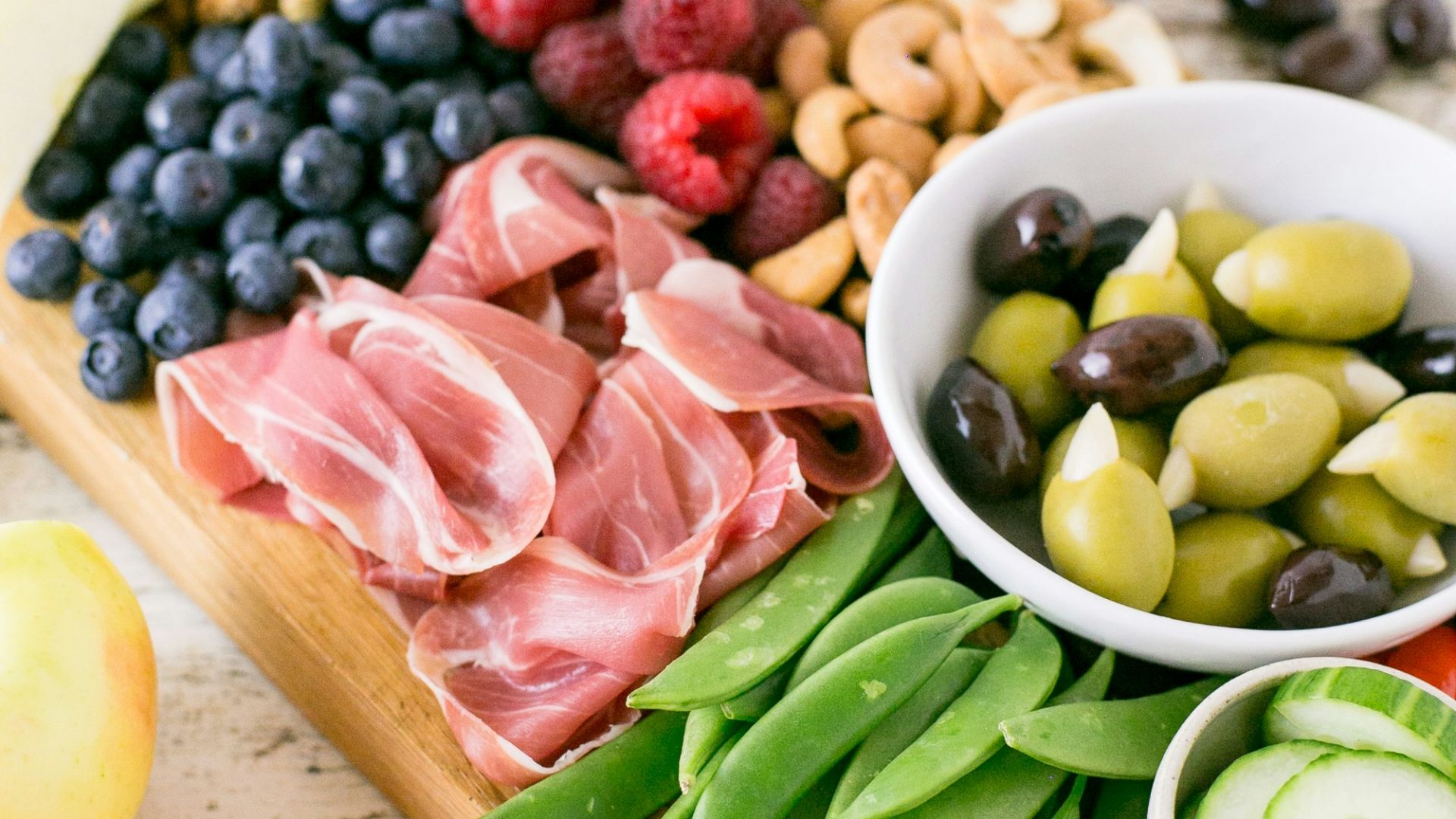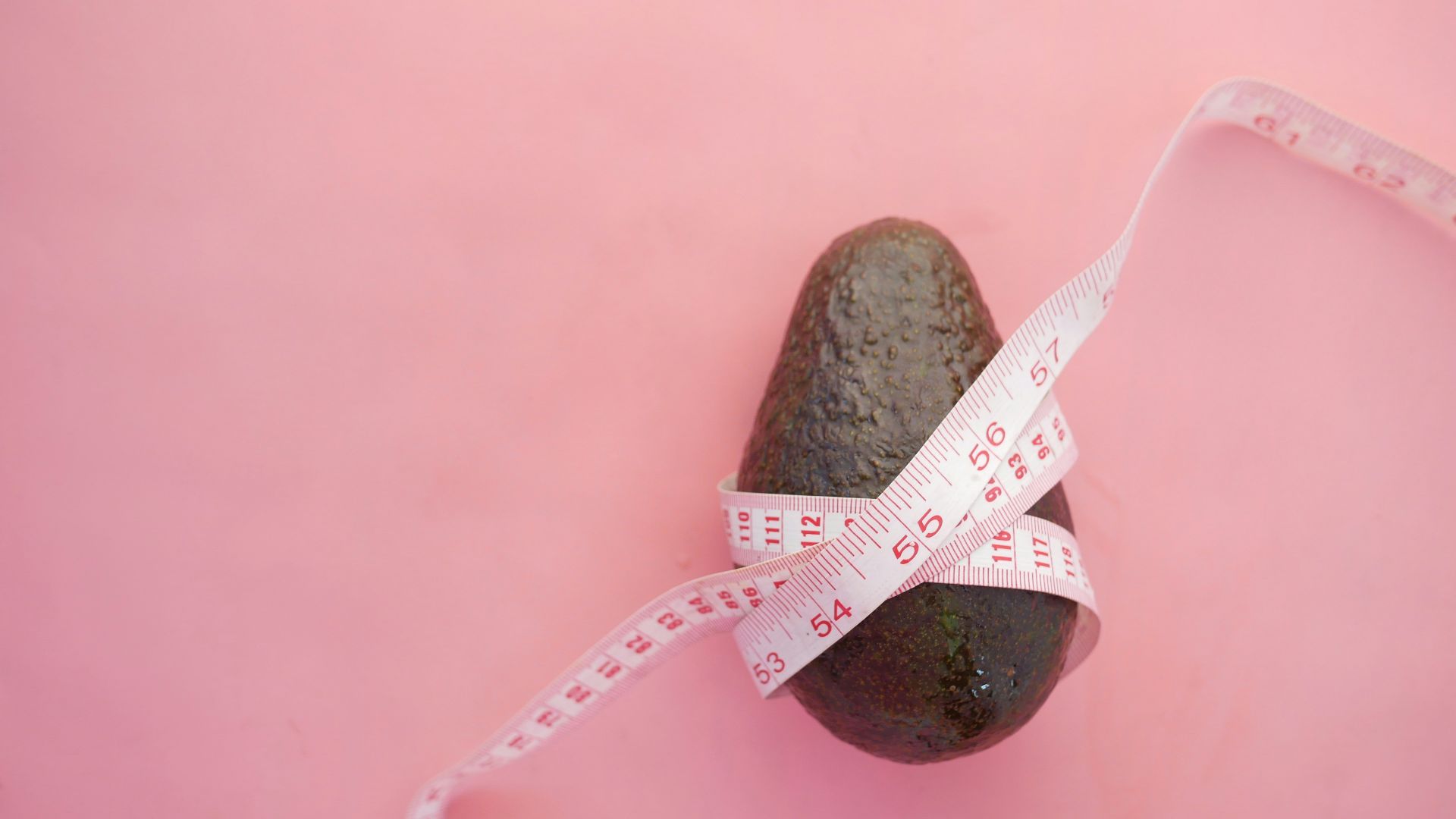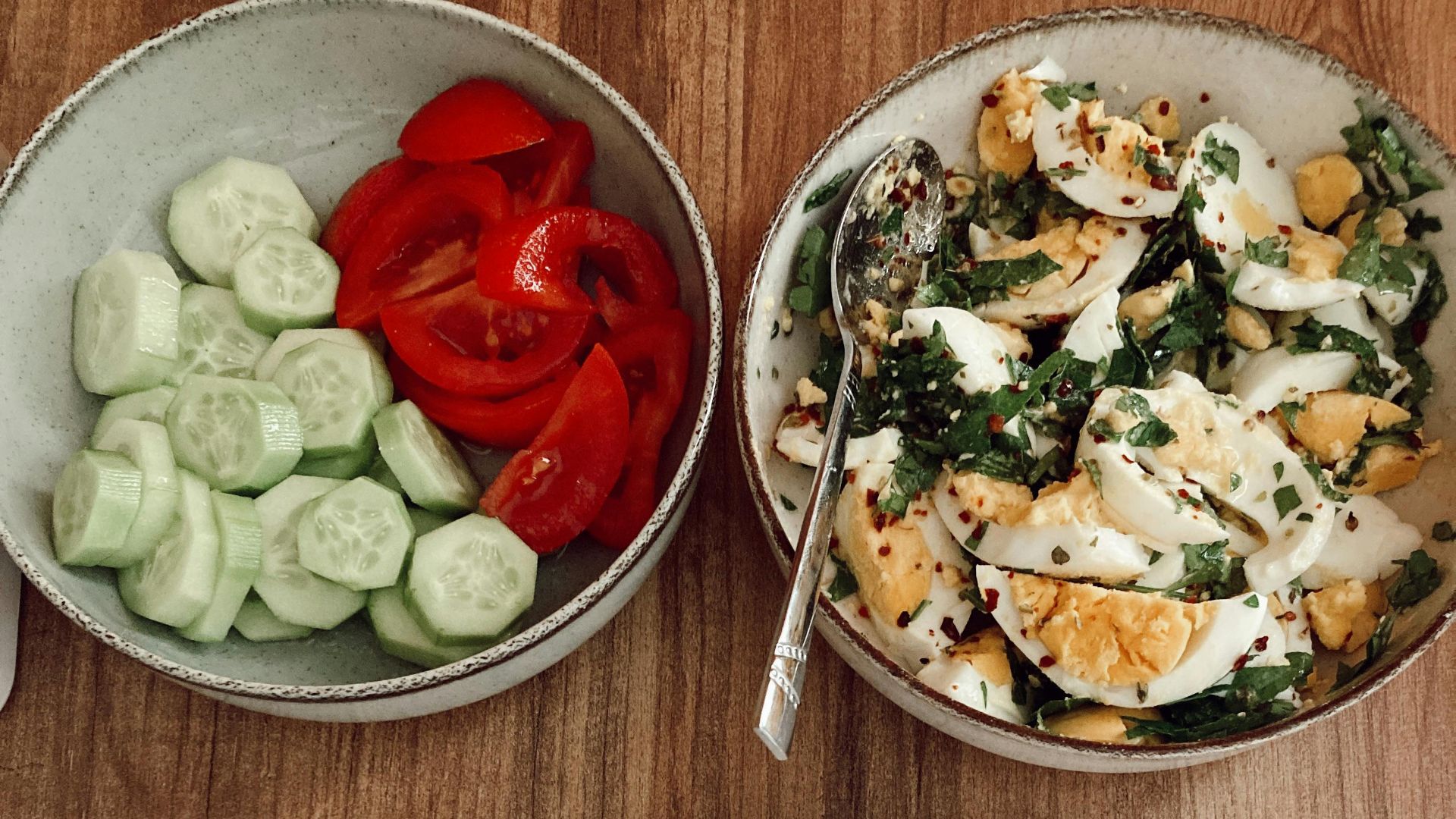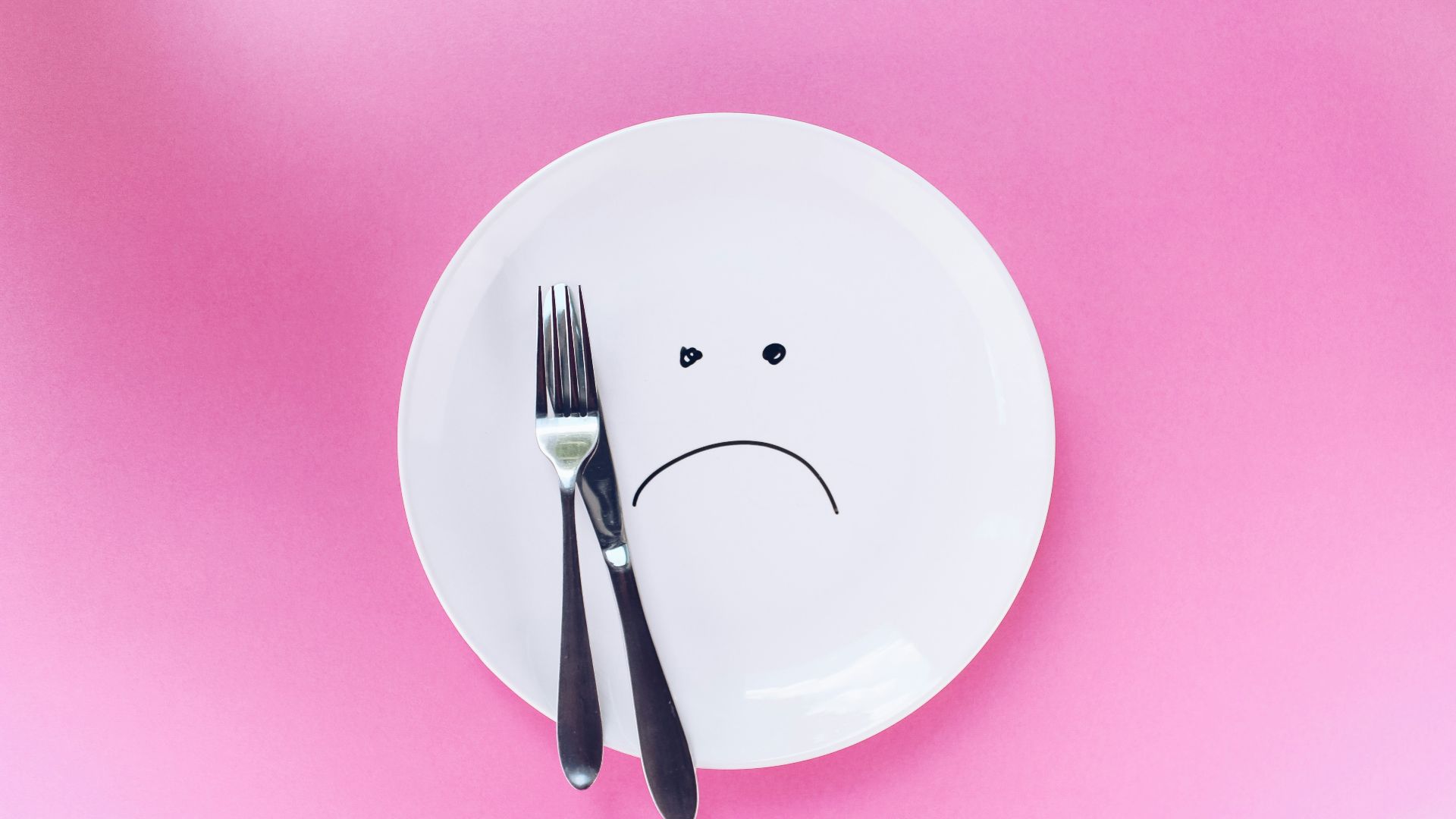20 Diets Ranked From Major Disappointments To Most Effective
From Dieting Do’s to Don’ts
Everyone has tried dieting now and then. Whether it’s a fast fad or a journey toward a health goal, everyone is trying to take control of their bodies. However, when it comes to choosing the right diet, it may surprise you to hear that plenty of them don’t do anything for you. To help you make better choices, here are 20 diets ranked from least effective to most.
20. Paleo Diet
This diet bases itself on eating like our Paleolithic ancestors, who ate food that was unprocessed and in its purest state. Staples of the diet include roasted vegetables, mixed nuts, and whole proteins. While it is effective for weight loss, many struggle with the lack of nutrients and calcium.
19. Slimfast Diet
This diet first gained popularity in the 1970s and aimed to replace meals with shakes or bars. Basically, by depleting calories to the bare minimum, it helps participants lose weight. However, the lifestyle is unsustainable, which means all of the weight loss is temporary and quickly regained.
18. Herbalife Diet
Herbalife is another diet that gained traction in the 1980s and involves supplementing meals with shakes and teas. While they encourage a healthy dinner meal, the diet still reduces calories but replaces them with arguably harmful and expensive artificial additives.
17. Keto Diet
The keto diet is one of the most popular diets today, but it gained traction in the 1920s to treat epilepsy. The diet depends on limiting carbohydrates, grains, and sugars. Instead, it focuses on high-fat and low-carb meals to reduce weight loss. However, the nutrient deficiencies make it difficult to maintain.
 Christine Siracusa on Unsplash
Christine Siracusa on Unsplash
16. Atkins Diet
This diet was developed by Dr. Robert Atkins in the 1970s. The premise of the diet is to focus on high-protein foods such as steaks or broccoli. While it is similar to keto because it limits carbs, the high fat intake makes it inaccessible for some individuals.
15. OPTAVIA
This diet gained traction in 2002 and was created by Medifast. The idea was to replace meals with prepackaged “fuelings,” which consisted of shakes and bars. However, since the diet eliminates a lot of fresh ingredients, it gained criticism for its high costs and reliance on processed items.
 Photo By: Kaboompics.com on Pexels
Photo By: Kaboompics.com on Pexels
14. Jenny Craig Diet
In 1983, Jenny Craig created a weight loss diet program that involved prepackaged meals and small snacks. The meal flexibility meant you could easily enjoy products from chili to mac and cheese, all the while limiting calories. However, these meals are heavily processed, making them less than ideal for your metabolic and gut health.
13. Nutritarian Diet
The nutritarian diet places an emphasis on eating nutritious whole fruits, vegetables, nuts, and grains. Since the foods are nutrient-dense, this is a great way of striving toward healthier goals. However, since 90% of your diet is supplemented, it can be difficult to sustain in the long term.
12. South Beach Diet
The South Beach diet is another popular diet that emphasizes fiber-rich and nutrient-dense meals. While it allows complex carbs, the overarching goal of the diet is to lose some weight and incorporate regular exercise.
11. Noom
Noom isn’t necessarily a diet as much as it is an aid that helps you manage and organize what you eat. Based on your weight and goals, the app will give you an allotted calorie count and recommend different dishes to help you balance green healthy foods with red unhealthy foods. This is a great way of creating sustainable long-term growth that is easier to maintain.
10. Zone Diet
The Zone diet breaks up your eating habits into percentages, giving you 30% room for protein, 30% for fat, and 40% for carbohydrates. By staying within these ratios, it becomes easier to manage one’s health. However, the diet is very restrictive and tends to eliminate dairy-based products, leading to a lack of calcium consumption.
9. Vegan Diet
Some people choose to be vegan for ethical reasons, while others opt for the diet for weight loss reasons. Veganism essentially means giving up any animal-related products, including eggs and milk. However, going vegan isn’t necessarily going to help you achieve your weight goals since you can still easily binge on fried goods and bready desserts.
8. TLC Diet
The TLC diet places an emphasis on eating heart-healthy foods and managing exercise with weight management. With the overall goal of lowering cholesterol, this diet aims to limit fatty dairy products and emphasize fish, poultry, and beans. However, some believe the daily calorie limit of this diet to be too low.
7. Dr. Weil’s Anti-Inflammatory Diet
This diet emphasizes itself as an eating guide that helps participants identify healthy anti-inflammatory foods while reducing reliance on meats. The benefits of following this food guide involve a reduction in chronic conditions and a lower risk of inflammation. However, following all the recommendations can end up costing you a pretty penny.
6. Flexitarian Diet
The flexitarian diet is a play on vegetarianism. While the majority of your food is derived from plants, there are occasional allowances for meat indulgences. Unlike vegans, flexitarians can also eat eggs and dairy. However, eating flexitarian doesn’t guarantee significant weight loss.
5. Mayo Clinic Diet
The Mayo Clinic is a respected institution in the healthcare sector, and through this dieting plan, they aim to offer an approachable avenue toward weight loss. Like most diets, there is an emphasis on healthy fats, whole grains, and plenty of fish to help manage health conditions and reduce risk.
4. Weight Watchers
Unlike a lot of diets, Weight Watchers doesn’t put any food off-limits and is pretty understanding of various budgets. Instead, it’s up to you to find low-calorie and fiber-rich alternatives to your favorite food to meet a daily points budget. Many people have found success with this diet, making it an easy and approachable option.
3. MIND Diet
The MIND diet is a combination of the two most successful diets on this list and focuses on foods that specifically combat brain function decline and prevent dementia. As you’re aging, this is a solid diet to choose to protect yourself from adverse neurological conditions.
2. DASH Diet
One part of the MIND diet is the highly successful DASH diet, which stands for Dietary Approaches to Stop Hypertension. The diet focuses on mineral-rich foods and emphasizes important nutrients like magnesium and calcium. You’ll find yourself eating plenty of fat-free dairy, nuts, and seeds, while limiting sweet beverages and fatty meats.
1. Mediterranean Diet
The most successful diet of all time is undoubtedly the Mediterranean diet, which places an emphasis on the plant-based and healthy-fat foods you would often find in the Mediterranean regions of the world. You can easily indulge in olive oil, hearty fish, and legumes while having confidence in your health and longevity.


























